How the Moon may one day give us 25-hour days
Scientists say Earth’s orbit is slowing as Moon moves further away
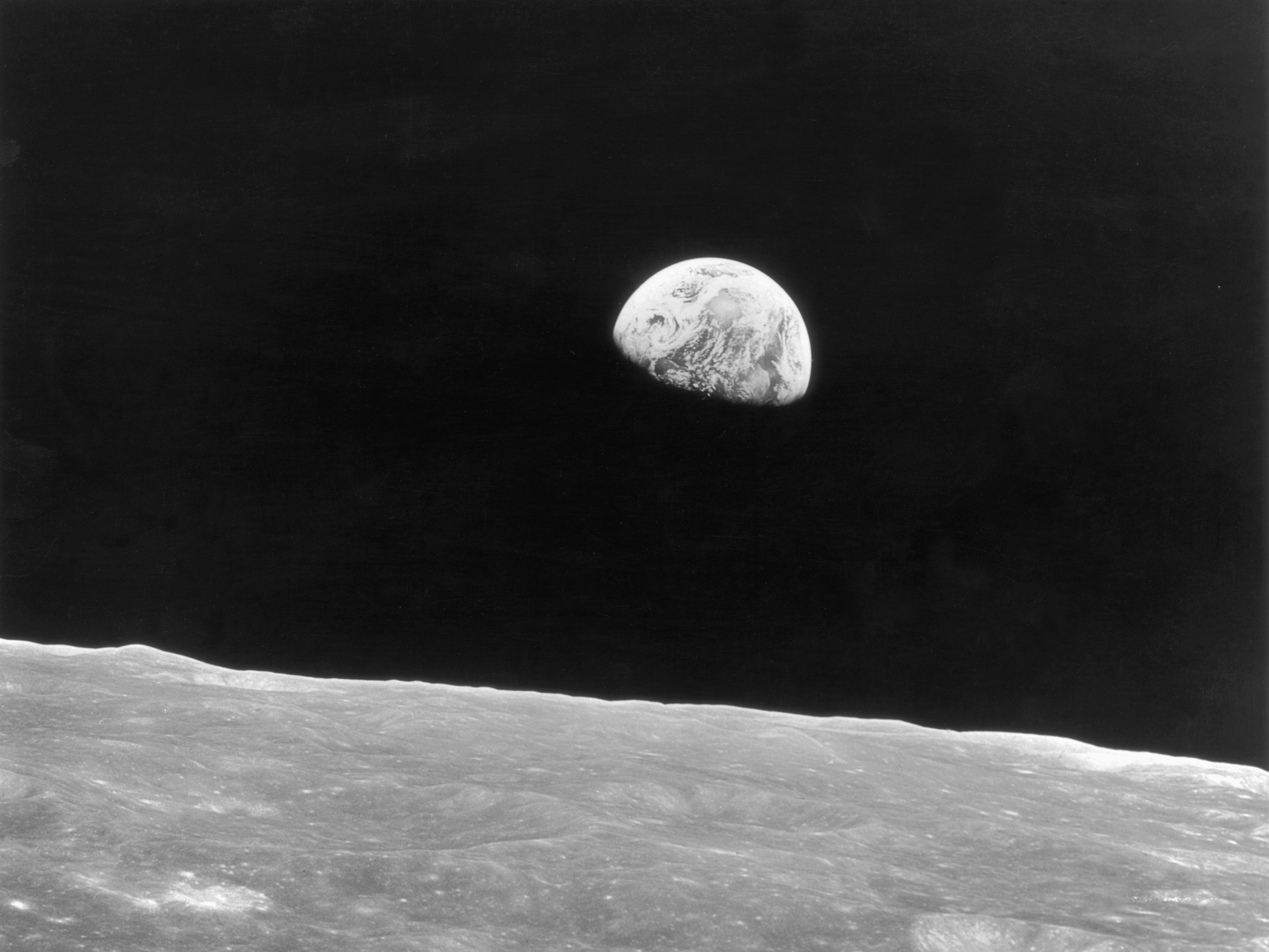
Days on Earth are getting longer as the Moon gradually moves away from our planet, a study has found.
Researchers from the University of Wisconsin-Madison have worked out that around 1.4 billion years ago, a day on Earth lasted 18 hours. “This is at least in part because the Moon was closer and changed the way the Earth spun around its axis,” the Daily Mirror reports.
The “groundbreaking” discovery - described in a paper in journal Proceeding of the National Academy of Science - was made using astrochronology, a statistical method that links astronomical theory with geological observation, and that could potentially help uncover many mysteries of the universe.
The Week
Escape your echo chamber. Get the facts behind the news, plus analysis from multiple perspectives.

Sign up for The Week's Free Newsletters
From our morning news briefing to a weekly Good News Newsletter, get the best of The Week delivered directly to your inbox.
From our morning news briefing to a weekly Good News Newsletter, get the best of The Week delivered directly to your inbox.
The researchers were able to determine that the Moon is moving away from the Earth at a rate of 3.82cm a year, The Daily Telegraph reports. At that rate, a full day on Earth will extend to 25 hours - in about 200 million years’ time.
Professor Stephen Meyers, the author of the report, says: “The [Earth’s] geologic record is an astronomical observatory for the early solar system.
“One of our ambitions was to use astrochronology to tell time in the most distant past, to develop very ancient geological time scales.”
Although the Moon has been moving away from the Earth for more than a billion years, The Guardian says the process won’t continue forever.
A free daily email with the biggest news stories of the day – and the best features from TheWeek.com
At some point in the distant future, the Moon will “reach a stable distance” and will only be visible from one side of Earth, the newspaper says.
-
 ‘Lumpy skin’ protests intensify across France as farmers fight cull
‘Lumpy skin’ protests intensify across France as farmers fight cullIN THE SPOTLIGHT A bovine outbreak coupled with ongoing governmental frustrations is causing major problems for French civil society
-
 The best books of 2025
The best books of 2025The Week Recommends A deep dive into the site of a mass shooting, a new release from the author of ‘Atonement’ and more
-
 Inside Minnesota’s extensive fraud schemes
Inside Minnesota’s extensive fraud schemesThe Explainer The fraud allegedly goes back to the Covid-19 pandemic
-
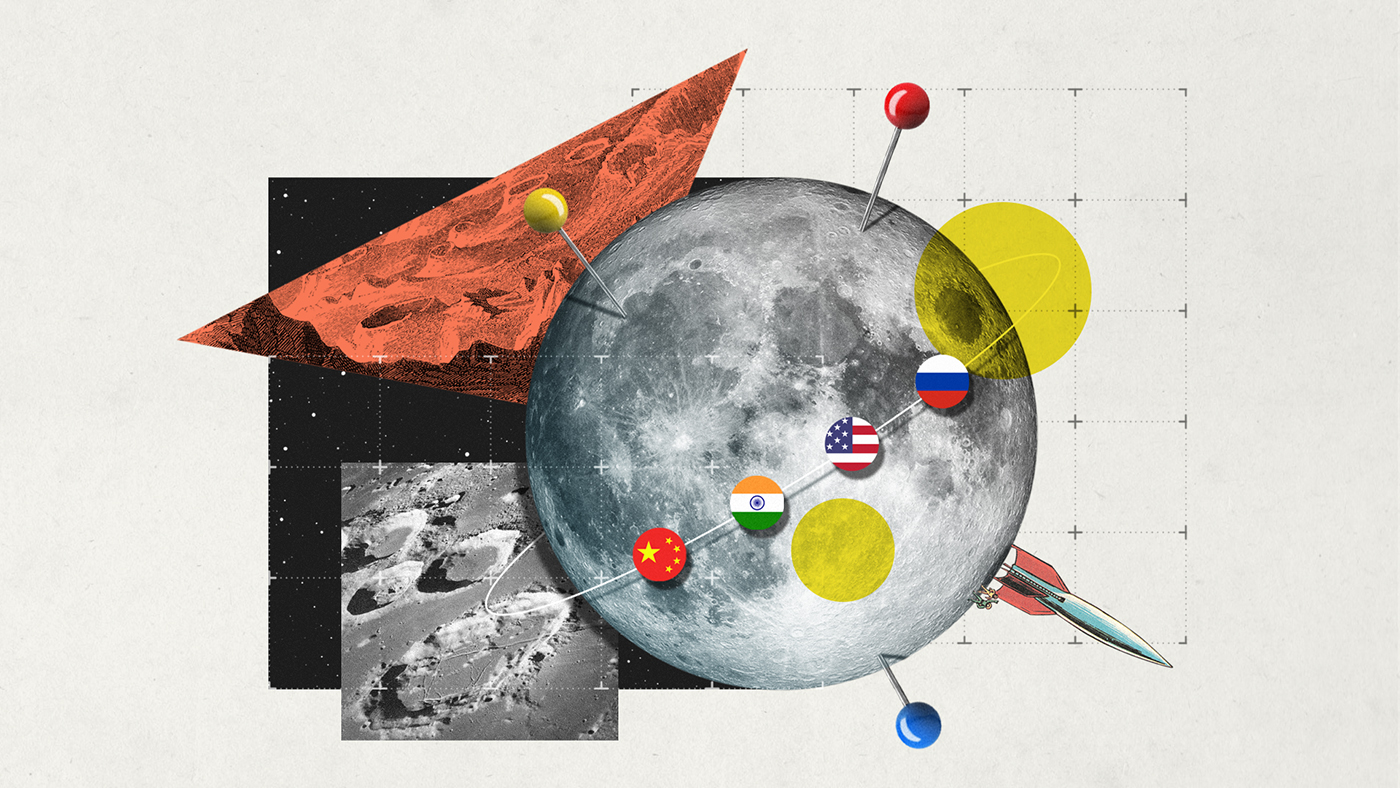 Dark side of the Moon: will the race to lunar South Pole spark conflict?
Dark side of the Moon: will the race to lunar South Pole spark conflict?Today's Big Question Russia and India are competing for the ‘new lunar gold’ – but real contest will be between the US and China
-
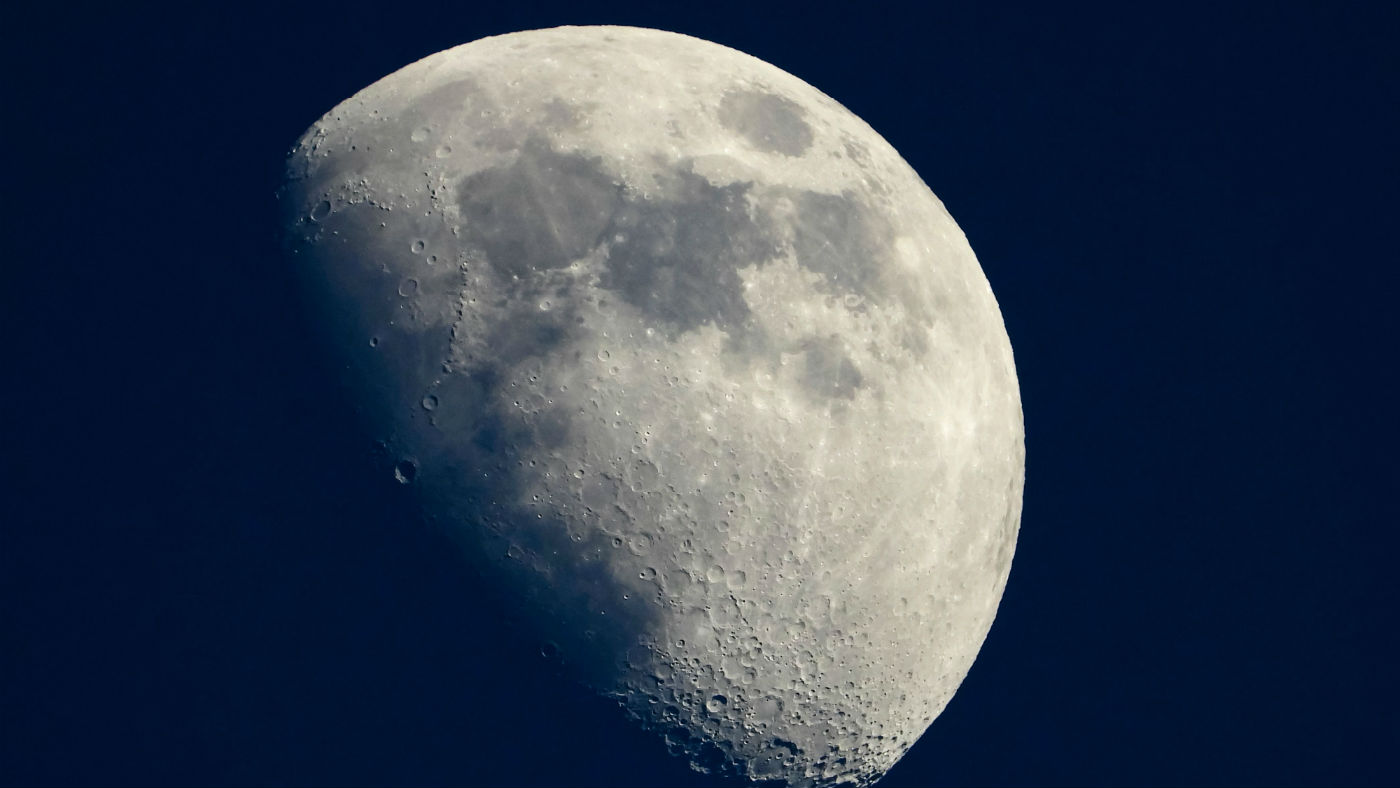 Reach for the Moon: Nokia and Nasa to build 4G lunar network
Reach for the Moon: Nokia and Nasa to build 4G lunar networkSpeed Read Deal is part of the US space agency’s plan to establish human settlements on the lunar surface
-
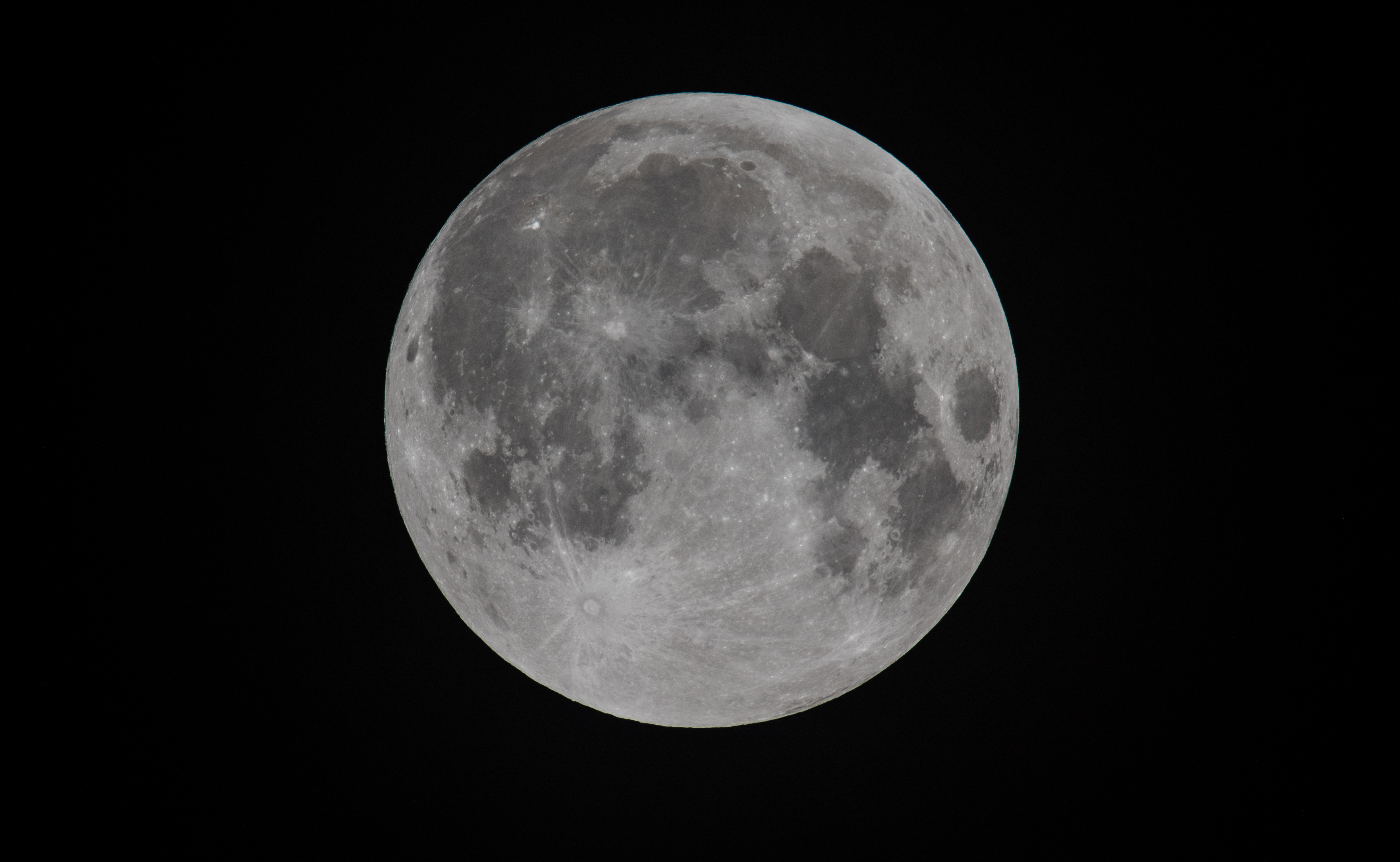 Nasa’s Artemis outpost: leak reveals plan for manned lunar base
Nasa’s Artemis outpost: leak reveals plan for manned lunar baseIn Depth US space agency aiming to launch 37 rockets to the Moon within next decade
-
 Can humans live on the Moon?
Can humans live on the Moon?In Depth Nasa finds ‘moving water’ on the lunar surface
-
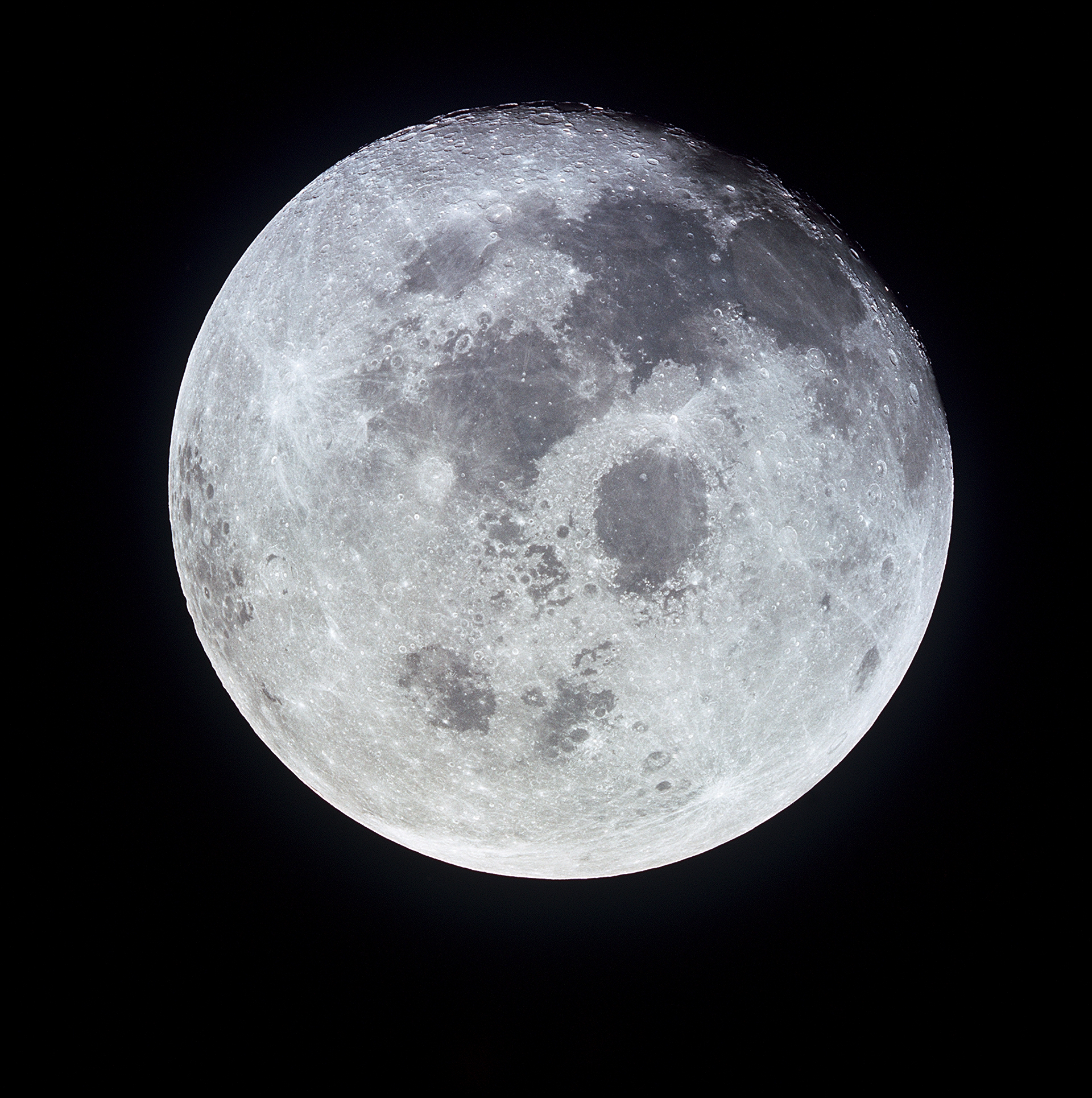 Chang’e-4: Chinese spacecraft descends upon the ‘dark side of the Moon’
Chang’e-4: Chinese spacecraft descends upon the ‘dark side of the Moon’In Depth A lunar rover will scan the atmosphere in bid to find out more about the Universe’s early years
-
 Nasa discovers first signs of ice on moon’s surface
Nasa discovers first signs of ice on moon’s surfaceSpeed Read Frozen patches could be a valuable source of water for future explorers
-
 Neil Armstrong’s moon memorabilia to go up for sale
Neil Armstrong’s moon memorabilia to go up for saleSpeed Read Astronaut’s treasures include his boy scout cap and pieces of propeller from the 1903 Wright Flyer
-
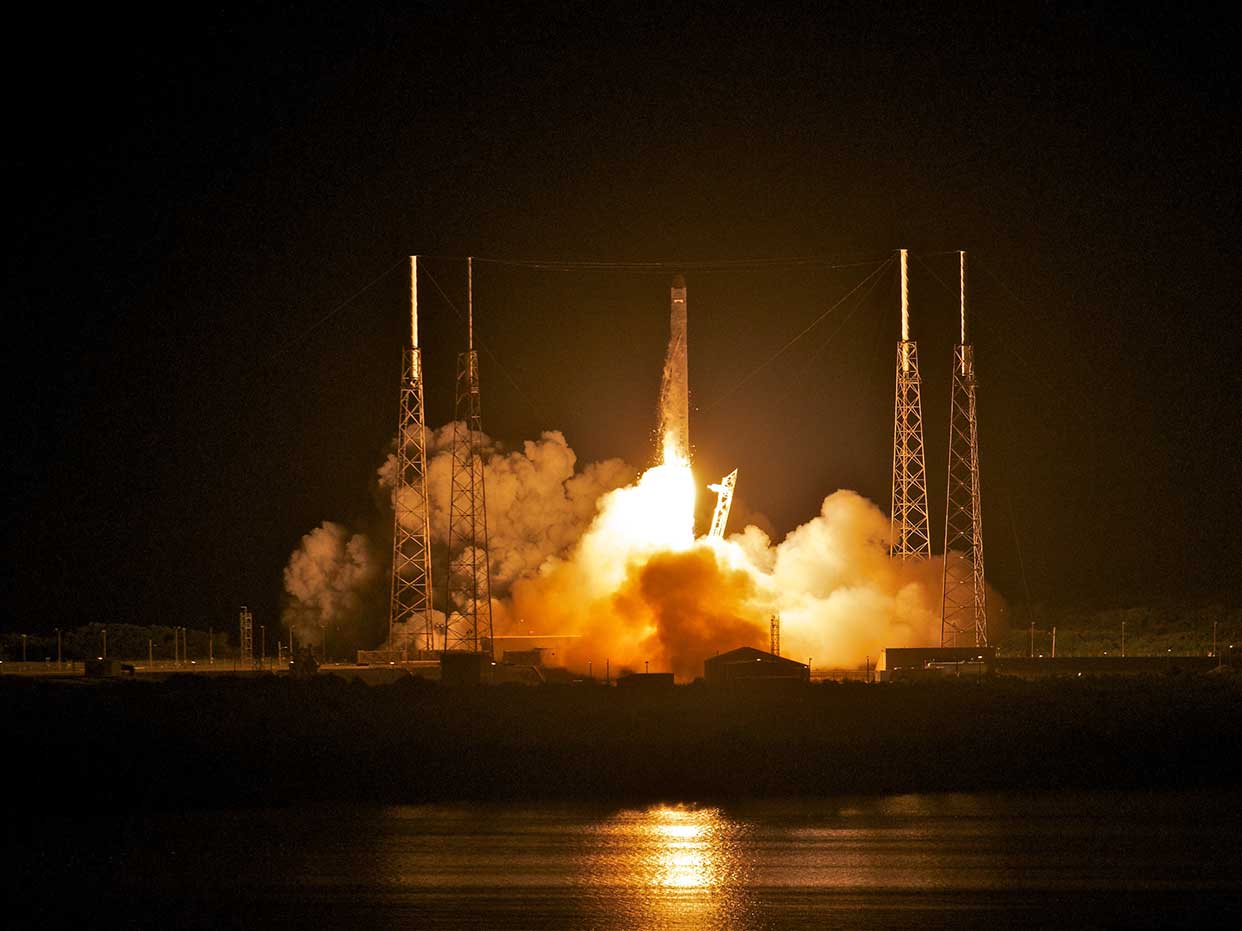 'Moon tourists' sign up for SpaceX flight
'Moon tourists' sign up for SpaceX flightSpeed Read Two private citizens likely to be paying millions for chance to fly around the moon